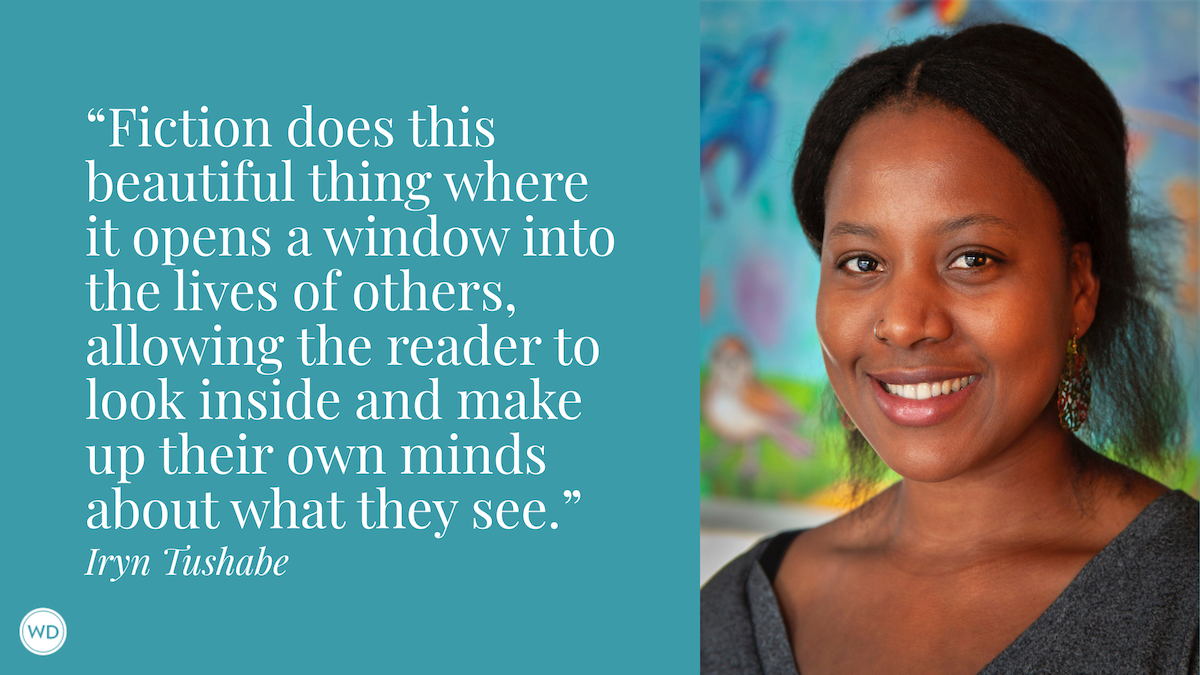What’s the Difference Between a Hyphen and a Dash (and an Em Dash)?
Author and professor Audrey Wick breaks down the difference between a hyphen, a dash, and an em dash, and explains what punctuation should do for your writing and storytelling.
Punctuation carries meaning. Periods tell the reader to stop. Commas tell the reader to pause. Each mark of punctuation in a sentence aids in communication.
Some marks are straightforward and used frequently by writers. But some marks are more nuanced. In particular, the hyphen and the dash often get confused by writers. These are two distinct marks of punctuation, but what makes them so?
Let’s look at both marks to understand the difference between a hyphen and a dash.
Hyphens are used between words. Dashes are used between phrases. The length of each can help a writer remember this basic rule. When typing, a hyphen looks like this: (-). Two hyphens typed together form a dash: (--). Some word processing programs read the two hyphens automatically as the single mark of punctuation known as an em dash, which the program will process as this: (—).
At the word level, hyphens differentiate parts of words to help in readability. Consider these instances:
- To join numbers, like sixty-one or two-thirds
- To join words that function as a single adjective, like bluish-green or water-repellent
- To join certain prefixes, like ex-husband or mid-Atlantic
- To join single letters to a root word, like t-shirt or x-ray
- To aid in clarity of words that may be confusing otherwise, like mini-me or de-ice
At the sentence level, dashes differentiate phrases from the main sentence. Again, the goal here is readability. Consider these instances:
- To mark a shift in tone
- To emphasize a phrase
- To indicate a hesitation
- To identify an appositive (which renames something in a sentence)
- To set off material, including lists and definitions
An em dash can be used singularly, or em dashes can be paired when the sentence continues after the phrase. For example, these sentences are each structured with one em dash:
- She was shocked by what was behind the door—a ghost!
- The cat needed a diet—quite a tall order from the veterinarian.
- I read that book—and loved it!
These sentences are each structured with two em dashes because the thought needs to be completed after the phrase of interruption.
- The rent—$2,000 a month—was outrageous.
- I had to get all the ingredients—sugar, flour, eggs, peanut butter—for the cookies.
- One of the park’s trails—the Southern Rim Route—is five miles long.
In sentences such as those above, the em dash use is stylistic. Each sentence could certainly be rewritten another way—without the em dashes. There are always different ways to express the same thoughts. Just like word choices are individual, so are a writer’s punctuation choices.
Again, punctuation carries meaning. So, writers should always ask themselves if the punctuation they are using is effective. Does it help communicate the intended meaning? If so, keep it. If not, it may be time to revise.
Writers who are curious about hyphens and dashes may enjoy seeking out instances of their use in favorite works. Seeing examples in published pieces can help demystify these punctuation marks. For instance, in the well-known short story “The Birth-Mark,” hyphens and dashes are used—in all-encompassing ways—by writer Nathaniel Hawthorne. (See the hyphens and dashes there? What fun!)
Different writers will gravitate toward different styles. No matter what a writer’s individual preference, however, for marks of punctuation, the full range of marks within a language can be considered. Careful selection will allow writers to develop their own unique voices—and the punctuation will be there to augment it.
Audrey Wick is an author with Harlequin (Harper Collins) and full-time professor of English at Blinn College (Texas). She has authored educational content in college textbooks for Cengage and been a repeat contributor to Writer's Digest, Woman's World, and Chicken Soup for the Soul, with stories also appearing in various literary journals. Audrey believes the secret to happiness includes lifelong learning and good stories. But travel and coffee help. She has journeyed to over twenty countries—and sipped coffee in every one. See photos on her website audreywick.com and follow her on X and Instagram @WickWrites.








